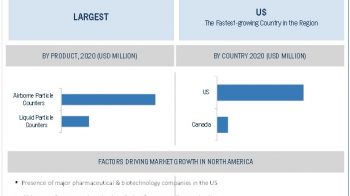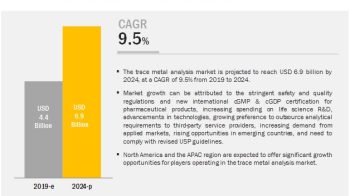The global process analytical technology market is segmented on the basis of technique, measurement, products and services, end user, and region. On the basis of technique, the process analytical technology market is segmented into spectroscopy, chromatography, particle size analysis, capillary electrophoresis, and other techniques (calorimetry, thermal analysis, biochemical analysis, and flow injection analysis). In 2016, the spectroscopy segment is expected to account for largest share and is projected to grow at the highest CAGR during the forecast period. Increasing number of pharmaceutical and biopharmaceutical R&D activities and technological advancements resulting in process optimization are some of the key factors driving the growth of the spectroscopy segment.
Based on measurement, the on-line analysis segment is expected to dominate this market in 2016. The low turn-around time and consistency in results obtained by on-line analysis are the major factors responsible for the large share of this segment.
Based on products and services, the services segment is estimated to grow at the highest CAGR during the forecast period. The rising adoption of PAT in life science manufacturing processes (pharmaceutical, biopharmaceutical, and contract manufacturing services), coupled with the presence of stringent regulatory guidelines in drug development, the services segment is expected to witness fastest growth rate leading to a significant growth in the coming years.
Based on end user, the contract research and manufacturing organizations segment is expected to register the highest CAGR during the forecast period. The high growth in this segment can primarily be attributed to the growth in outsourcing of pharmaceutical and biopharmaceutical production.
Asia-Pacific is expected to grow at the highest CAGR during the forecast period. Growing government investments in pharmaceutical R&D and the rise in contract research and manufacturing organizations in emerging Asia-Pacific countries are the key factors driving the growth of the Asia-Pacific market.
The key players can leverage the evident growth opportunities in the emerging markets by adopting organic growth strategy of expansions in the region and inorganic strategies of agreements and collaborations with various research institutes.

